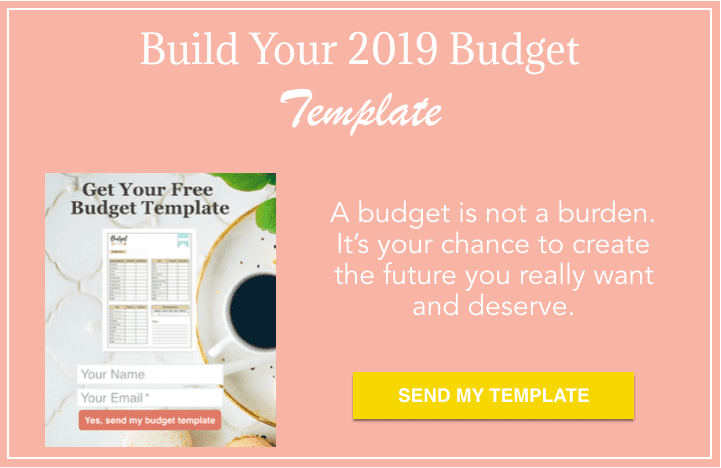(This article has been updated from 2019)
You look up to find it’s the end of another month… and a fresh new year!
You’ve been planning, setting goals, and getting excited about the momentum that the new year brings.
You even have a word like “Intentional” or “Focus” to help you keep it together.
If you’re anything like me, you love planning things out. But in the back of your mind you know it’s not enough.
You felt this same motivation and made these same lists last year but you still find yourself wondering where the heck all your hard earned money went. WTF
Today you are going to learn exactly how to tell your money what to do so that you can save more, invest more, and do more of all the things you love.
Plus, you can download the exact budget template that we use with our clients to save them hundreds of dollars every month.








 It’s one thing to have a budget, but it’s another thing ENTIRELY to make it come to life.
It’s one thing to have a budget, but it’s another thing ENTIRELY to make it come to life.  For most people, that’s where the disconnect is. Not the budget itself.
For most people, that’s where the disconnect is. Not the budget itself.  Our Beyond the Budget Blueprint is specifically designed to help you fall in love with your budget and bring your goals to life.
Our Beyond the Budget Blueprint is specifically designed to help you fall in love with your budget and bring your goals to life.  $27, right now! Normally $197.
$27, right now! Normally $197.